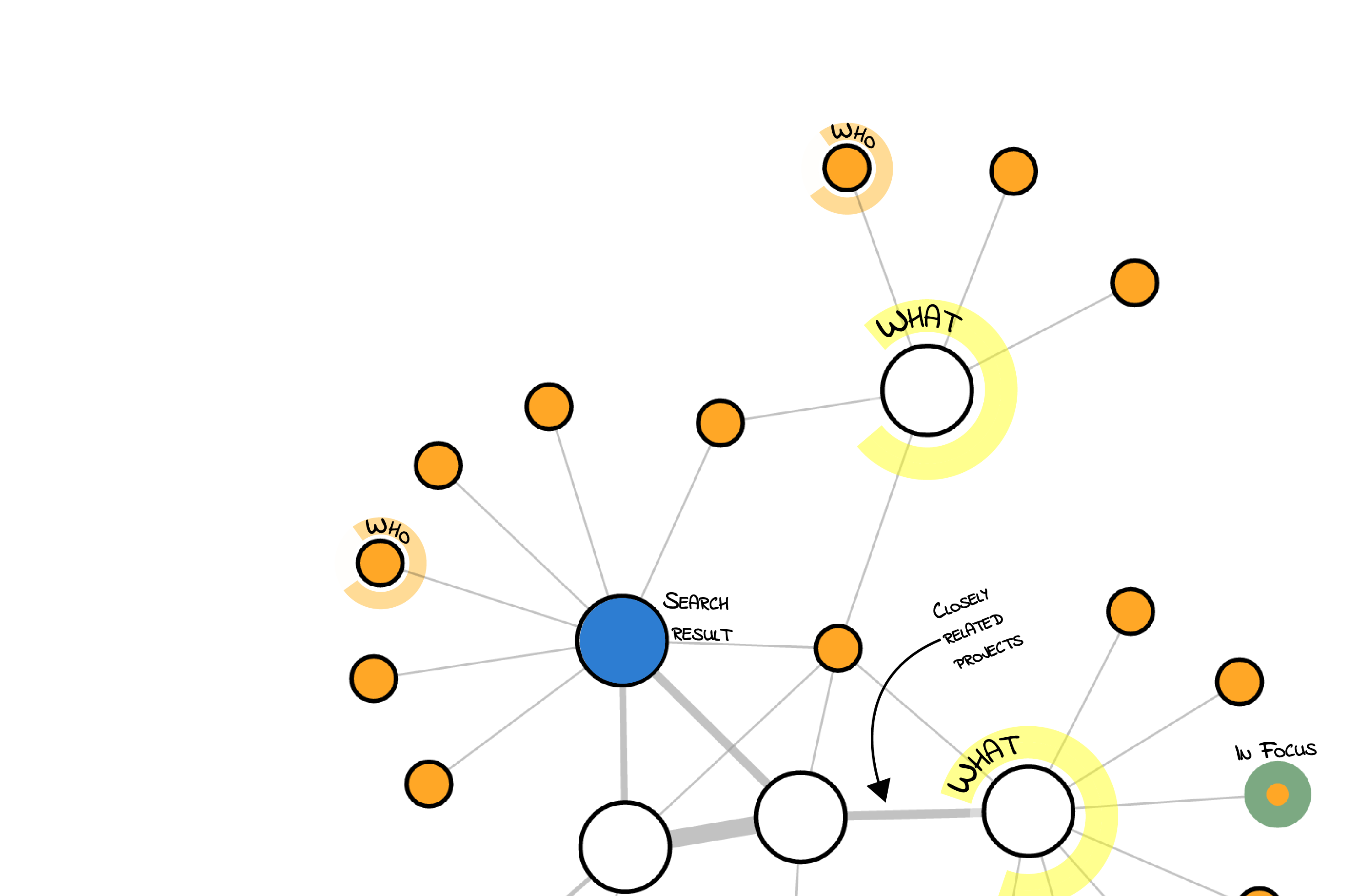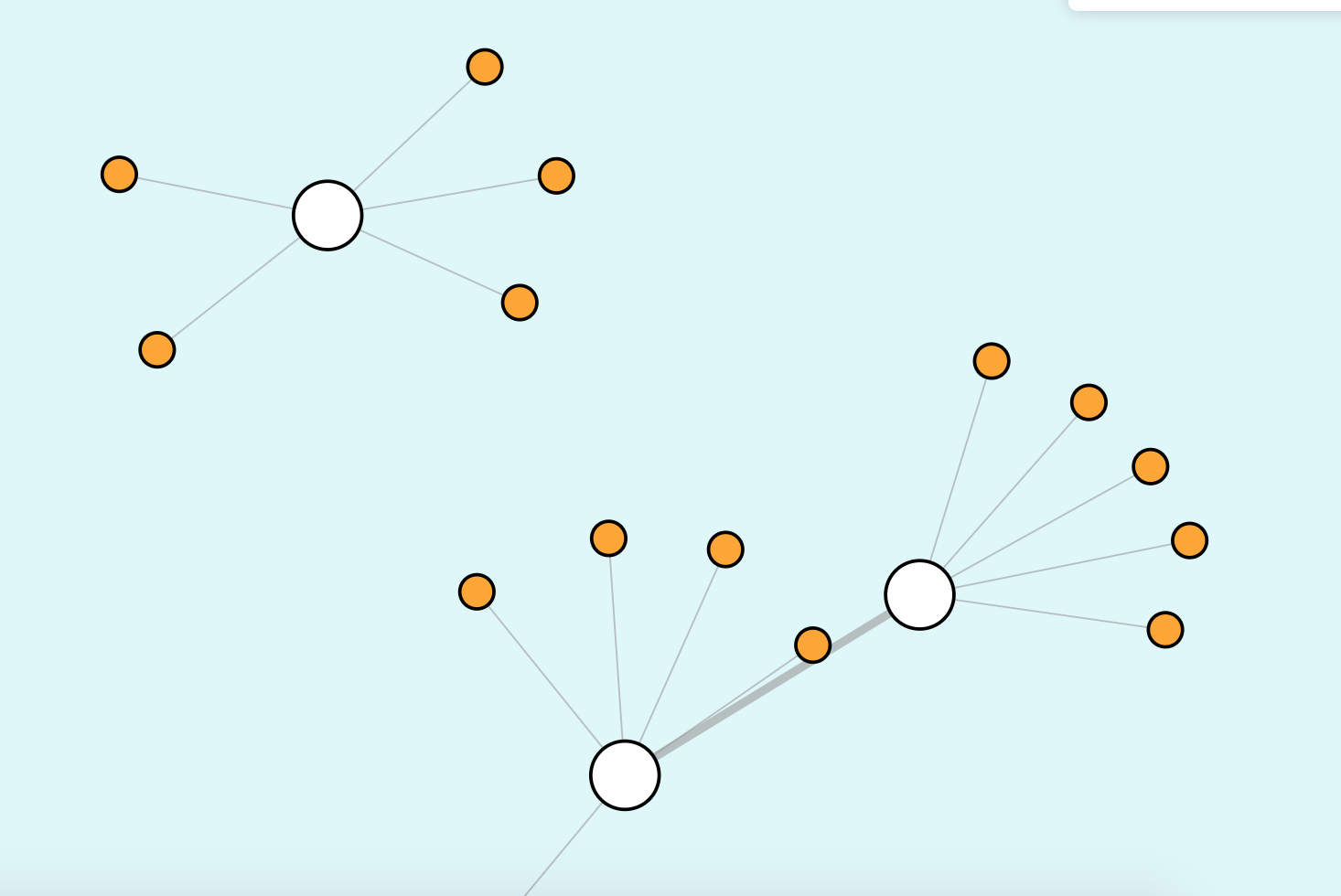Background
Humanitarian agencies are making significant investments in research and innovation as they try to close the gap between humanitarian needs and funding. UNHCR, UNICEF, Médecins Sans Frontières, and World Vision, for example, all have innovation budgets of between $300,000 and $2.6 million.
Their work is often carried out with little coordination between organisations resulting in duplication of projects and money not be efficiently spent.
Approach
We learnt that the current process is based on informal networking and ad hoc methods. No systemic method is applied for collaboration at the start of a project and there have been instances of innovators uncovering similar efforts too late in the process.
We developed the key user stories and functionalities required for a proof of concept system.
We also prototyped the proof of concept using data gathered from 2016 Médecins Sans Frontières Innovation Day. While the front-end and node to node navigation concept were well received they were only functional on a desktop. We also learnt that manual data entry approach was a blocker to sustainable use for the product prototype.. From this important learning, we were able to develop a clear set of design requirements for version two and registered interest from UN OCHA, IFRC, Chatham House for an annual subscription.
Results
We now aim to build a version 2, powered by AI. The AI model would traverse open datasets and web pages, extracting projects and topics to develop a database and generate an easy-to-update graph. This graph would allow humanitarian innovators to see their local ecosystem of projects by subject matter, location, project stage and partners, helping improve collaboration, show obvious gaps in the landscape and much more.

